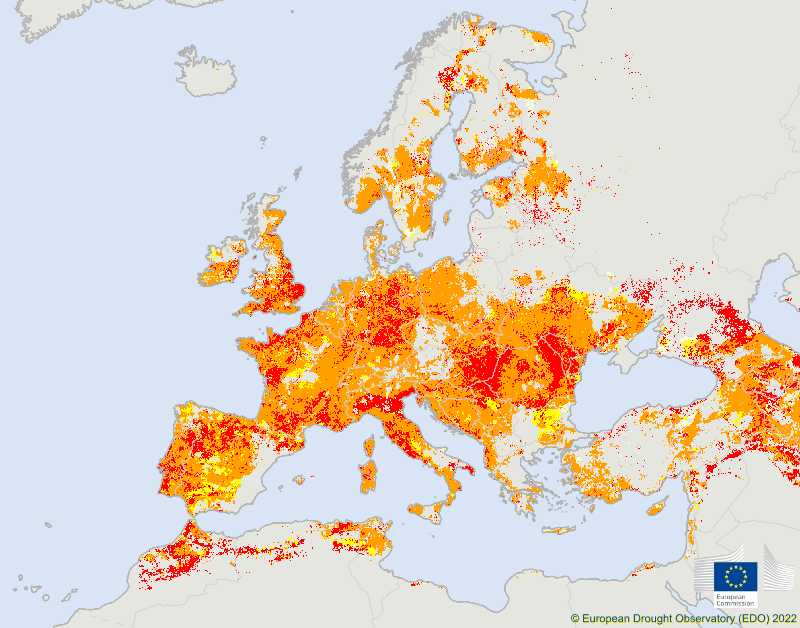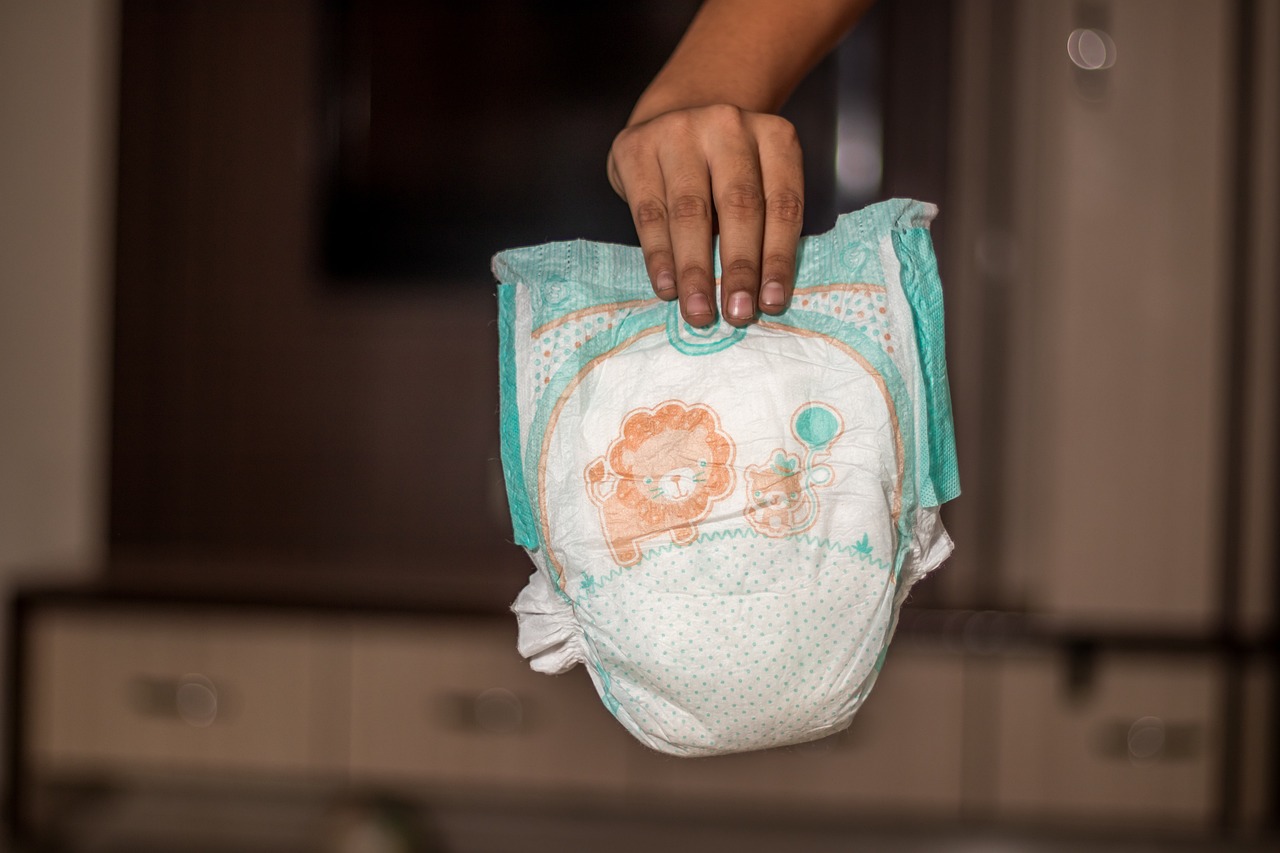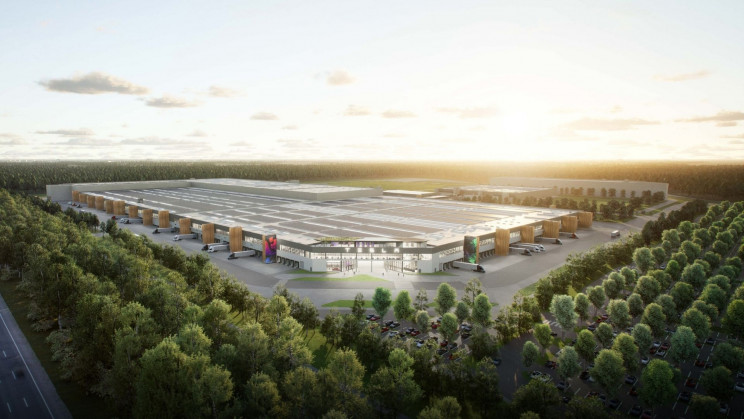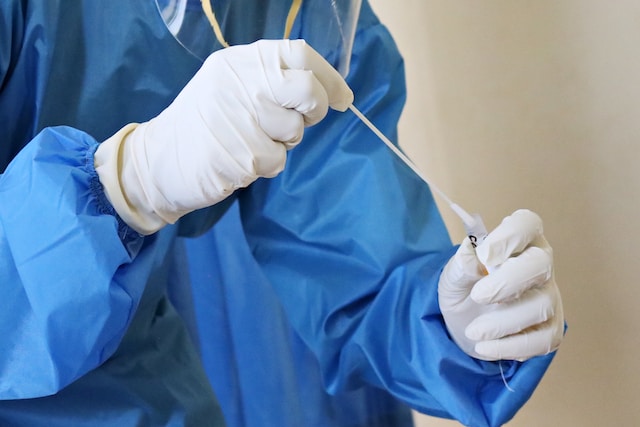This little machine is making a fast track into mainstream transportation possibilities, especially in the urban environment where short distances are the norm. But it shouldn’t be disregarded for other unique circumstances, such as retirement communities or even expansive ranches and farms. And now the team intends to demonstrate its long distance capabilities on a cross-country jaunt in 2015 using only about 10 gallons of fuel.
The Urbee (URBan Electric vehicle with Ethanol) is a three-wheeled, two seat electric vehicle (EV) with oomph. While the original Urbee’s body was printed with 3-D technology, the Urbee2 will be at least 50% constructed from 3-D printed parts.
President and Project Leader Jim Kor (www.korecologic.com) and the rest of the design team are on a mission. According to their website, “As a species endangered by our own actions, we must quickly learn to stop burning fossil fuels. Surely, the ultimate goal of Design is to serve the ‘public good’. Therefore, corporations and individual designers have a responsibility to offer products that are not only useful, but in balance with the environment.” They hope their Urbee2 design will become the car of the future for the average person worldwide and they intend to design it with all the required auto safety standards.
The idea was to design a car with maximum aerodynamics. The 3-D printer can fabricate any shape, allowing for the motor and other crucial parts to be set in place first and then the skin can be shaped around them. The designers note that the shape was modeled after a water droplet, which “forms itself into the most aerodynamic shape” as it falls. This means the “co-efficient of drag (Cd) of Urbee is an unprecedented 0.15, compared to 0.26 for a Mercedes Benz B-Class with eco-package.”
The use of 3D-printed components allows for developmental changes to be made easily, since no expensive “hard tooling” is required. With typical manufacturing there is little room for modifications once the basic panel molds are fashioned. And then there are the various assembly requirements of welding, sanding, etc. Potentially, with “digital manufacturing” parts designs can be downloaded from a computer, even re-scaled or customized, and then printed and assembled locally.
The Urbee2 weighs about 1500 pounds and uses a series-parallel hybrid drive that allows it to combine a variety of energy sources. The single cylinder 7 horsepower diesel engine will be run on ethanol, though that would be coupled to a generator to recharge the batteries and provide extra power when required. The designers note, however, that we need to be careful of ethanol use to such extent that it disrupts the food supply. The electric-only speed will be about 40 mph but the powertrain can comfortably handle a speed of 70 mph. The vehicle even recaptures kinetic energy from the braking system and stores it for later use via ultra-capacitors. But most of its energy should be obtained by “plugging in.”
The greatest obstacle to getting off the ground is funding. The group set up a kickstarter funding campaign and they hope to attract more R&D investors after the cross country trial in 2015. Meanwhile, they have just entered into an agreement with California’s ZAP EV manufacturer and China-based Jonway to introduce a new version of URBEE at the Los Angeles Auto Show. Jonway, already renowned for its motorcycle business, has procured orders for the URBEES from over thirty dealers in various Chinese provinces. Though the group has generally resisted seeking corporate funding due to their “environmental concerns first” attitude, this collaboration with a country that has a growing middle class demanding cars is an ideal fit for their mission of reducing the use of fossil fuels. Kor says, “As a design engineer, I feel a responsibility to act to initiate positive change. The goal is to create a sophisticated automobile that drives on the power of sunlight, harnessed regionally through a mixture of solar, wind, hydro, and bio-fuel technologies.”
The URBEE could be a welcomed alternative auto for our roadways in the not too distant future.






